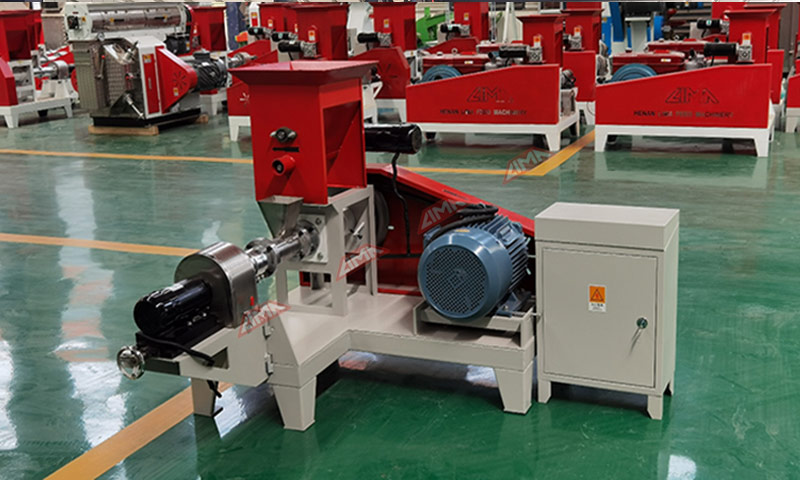What is Biofloc technology?
Biofloc is a system for removing waste from water. It has previously been used to treat water coming into farms. This is done to ensure that no diseases are transmitted. The technique USES a good set of bacteria. These are probiotics. These probiotics can kill harmful bacteria. To maintain water quality. They also have the ability to convert nitrogen from water into protein.
What is Biofloc?
Biofloc is the fusion of different substances. Here, a large number of particles adhere to each other and form a flocculent. Bacteria, protozoa, algae, organic sludge or uneaten fish feed may be present. The mucus secreted by the bacteria keeps all the particles flocculent. Sometimes the electrostatic force helps them hold together.
How Biofloc is useful in fish farming?
The main downside of in depth fish culture in ponds is to take care of the water quality. Before biofloc method was to recycle 100% of the water oftentimes. however in some places, water isn’t gift in abundance. Also, replacement the previous water with new one disturbs the expansion of fish. Thus biofloc came to unravel of these difficulties.
The main agent that obstructs fish growth is ammonia. solely a fish farmer is aware of however cruel will ammonia be. In biofloc fish farming, we tend to use probiotic. It utilizes the ammonia from the tank and grows in numbers by replica. In due course of getting ready their colony, they convert the harmful ammonia and stuff into proteins. The fishes on the tanks eat these proteins. As a result, the quantity of feed given to the fishes decreases. They’re already feeding the proteins from the flocs. So, the feeding price decreases by 20%-30%.
Machines for Making Tilapia Fish Feed
Fish feed extruder machine is widely used in making both floating fish feed and sinking feed pellets for aquaculture farms and feed plants. Through the fish feed extruder we can use cheap local raw materials to produce high-quality fish feed and save feed costs.

Benefits of Biofloc culture system
Eco-friendly culture system.It reduces environmental impact.Improves land and water use efficiency Limited or zero water exchangeHigher productivity (It enhances survival rate, growth performance, feed conversion in the culture systems of fish). Higher bio-security.Reduces water pollution and the risk of introduction and spread of pathogens. Cost-effective feed production.It reduces utilization of protein rich feed and cost of standard feed. It reduces the pressure on capture fisheries ie., use of cheaper food fish and trash fish for fish feed formulation.
Disadvantages of Biofloc Technology
Increased energy requirement for mixing and aeration Reduced response time because water respiration rates are elevated Start-up period required Alkalinity supplementation required Increased pollution potential from nitrate accumulation Inconsistent and seasonal performance for sunlight-exposed systemsGood nutritional value was found in biologic. Dry weight protein ranges from 25-50% and fat from 0.5-15%. It is a good source of vitamins and minerals, especially phosphorus. It also ACTS like probiotics. It is recommended that dried biological flocs be used instead of fish meal or soy in the feed. Good nutritional quality; However, only a limited amount of quality can be used.
Biofloc technology for breeding white shrimp
In the early stage of shrimp culture, the cultivation of planktonic algae by fertilizer and water is an indispensable technical measure. This is because the traditional shrimp farming model relies on phytoplankton to purify water. The photosynthesis of phytoplankton can increase dissolved oxygen in water, and its growth and reproduction can synthesize algae organisms using nitrogenous waste; many algae and zooplankton can directly or indirectly become bait for shrimp. However, in the middle and late stages of shrimp culture, the floating algae will often flourish, which will make the water quality regulation more difficult. However, the large row of large changes will cause sudden changes in physical and chemical factors, causing the shrimp to have a stress reaction, resulting in a decline in immunity. At the same time, the overgrown phytoplankton in the event of adverse weather conditions such as typhoons and heavy rains may cause sudden and large-scale death of algae, commonly known as “water pouring”, which affects the stability of shrimp production.
In order to purify the water quality of the shrimp pond, biofloc technology provides another effective way. Bioflocs absorb nitrogen-containing wastes 10 to 100 times more efficiently than planktonic algae, and are more stable day and night, independent of climatic conditions, and thus more stable; floc While removing waste nitrogen from the water, microbial biomass is produced, and high-protein microbial biomass can be used as an additional food source for shrimp. At present, biofloc technology has been first promoted in the cultivation of P. vannamei in the United States, Indonesia, Belize and other countries.

